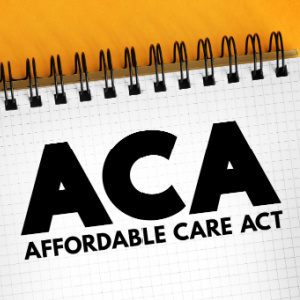ACA 2023 Compliance Reporting
From processing new benefits to coming up on the final chance to reach annual goals, the fourth quarter of every year can be hectic for everyone, especially those who work in HR and employee benefits. One thing employers can’t afford to overlook is scheduling time to review their Affordable Care Act (ACA) compliance reporting due … More >>









